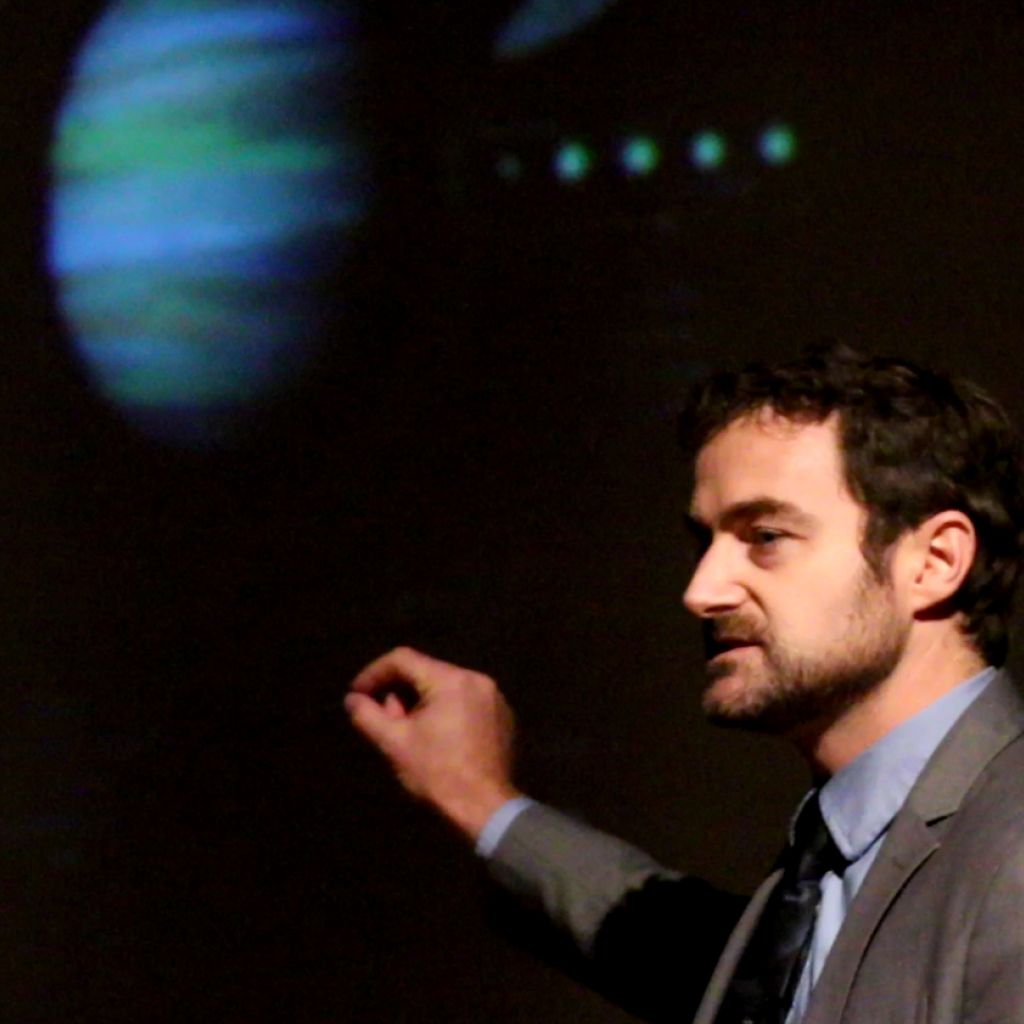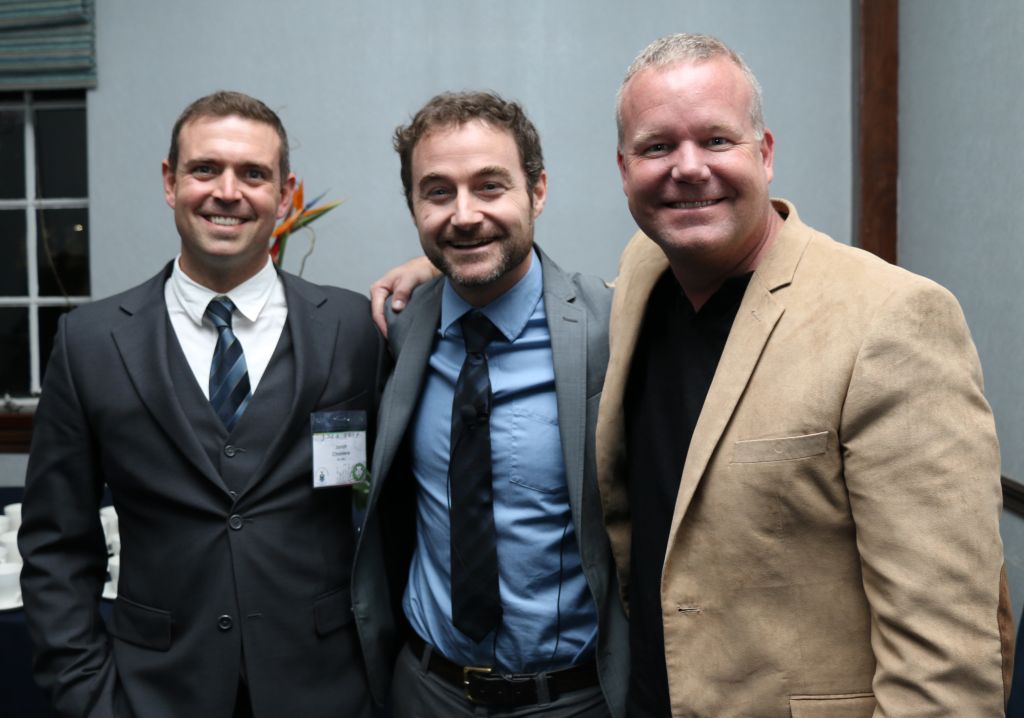Can life exist out there? Dr Kevin Hand presents PSSA 2014 keynote address

For the first time in the history of humanity, the human race has the tools and technologies to go out to distant worlds in the Universe that might be habitable, and possibly even inhabited, and find life.
This was the enthralling message shared by NASA scientist, engineer and explorer, Dr Kevin Hand, at his public lecture in the Wits Great Hall titled Bringing two worlds together: how Earth’s past and present help us search for life on other planets.
Hand was the main attraction, and keynote speaker, of the the 18th Biennial Meeting of the Palaeontological Society of Southern Africa (PSSA) that was hosted by the Evolutionary Studies Institute (ESI) and the DST/NRF Centre for Excellence in the Palaeosciences at Wits University over four days.
Science and Technology Minister, Naledi Pandor, opened the evening and said she is thrilled at the efforts made by the PSSA and Wits University to reach out to the public in order to make science a public matter. Listen to her full address.
Hand is the Deputy Chief Scientist: Solar System Exploration at NASA’s Jet Propulsion Laboratory. He is a planetary scientist and astrobiologist and a National Geographic Emerging Explorer. He is heavily involved in the search for extraterrestrial life, in planetary exploration, and surprisingly, in the origins of life on Earth.
Showing the tremendous achievements humans have made in recent time to reach new worlds in the Universe, Hand gave context as to why finding life on other planets are now within our reach.

Listen to Hand’s lecture:
Hand explained:
“In the decades that followed Galileo Galilei and the start of the Copernican Revolution, the idea that the earth and all the planets orbit the sun and that the sun is a star, and the stars that we see in the night sky may be stars to their own planets, we would come to appreciate that the laws of physics that we know and love here on earth apply to worlds and wonders beyond the earth.
“And then with the advent of new instrumentation, spectroscopy and other tools, we’ve been able to determine that the principles of chemistry apply not just here on Earth, but also to worlds and wonders beyond the earth.
“And then with the advent of the space age and our robotic exploration of worlds like Mercury, Venus and Mars, we would also come to appreciate that the principals of geology work not just here on Earth, but also on these worlds and wonders beyond the earth.
“But when it comes to the science of biology, when it comes to this bizarre little phenomenon called life, we have yet to make that leap. We have yet to understand if whether or not the science of biology works on worlds and wonders beyond our home planet.
“We have every reason to believe that it should. Our study of life here on earth indicates that if you have the right conditions of water and elements and energy for life, that it should arise in these distant worlds. But we have yet to do that experiment.
“And part of what excites me about the time period in which we live, is that for the first time in the history of humanity we have the tools and technologies to do that great experiment. To go out to these worlds that we think might be habitable and possibly even inhabited.”
Click here to view a gallery of images from the PSSA conference.